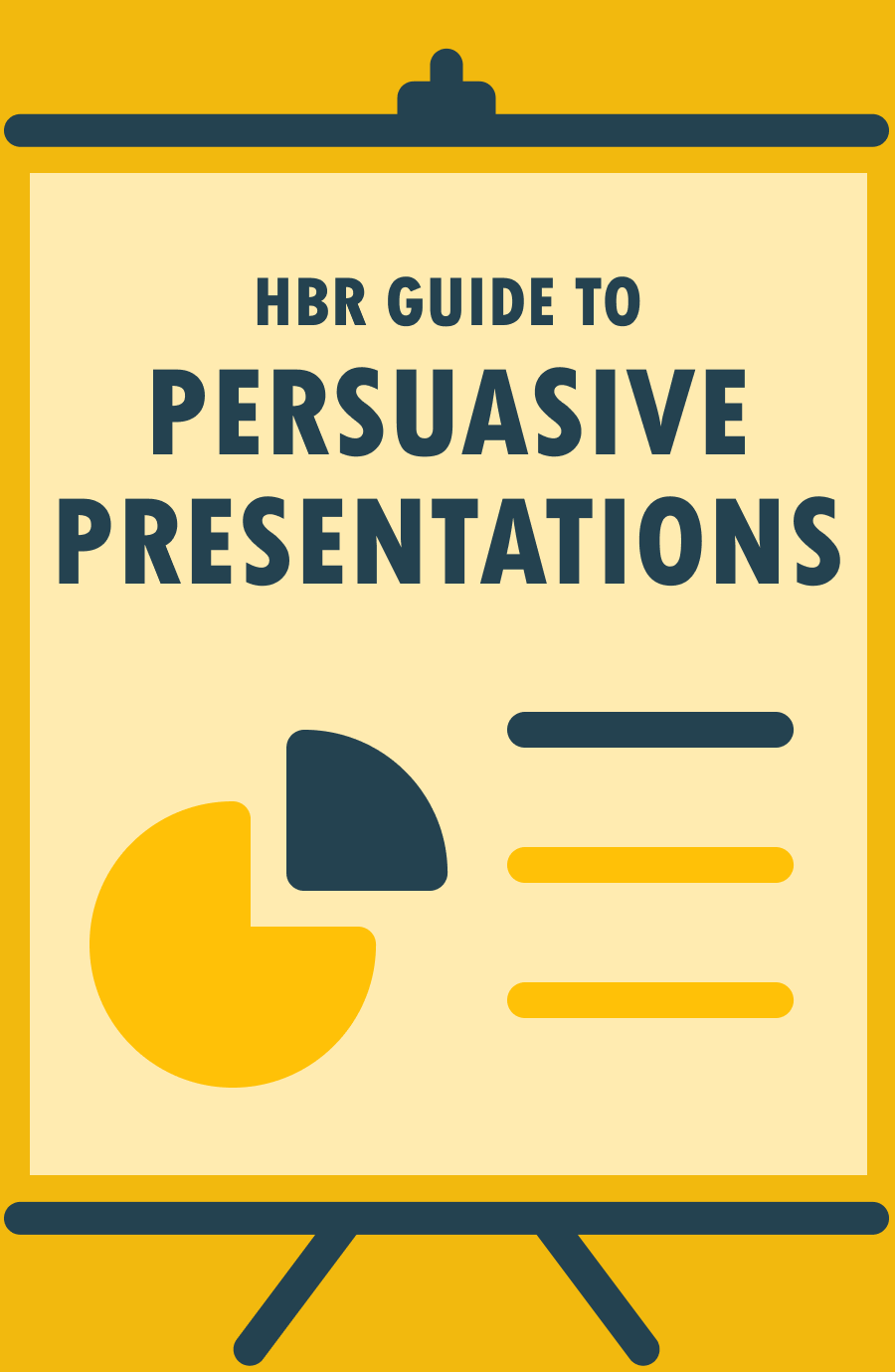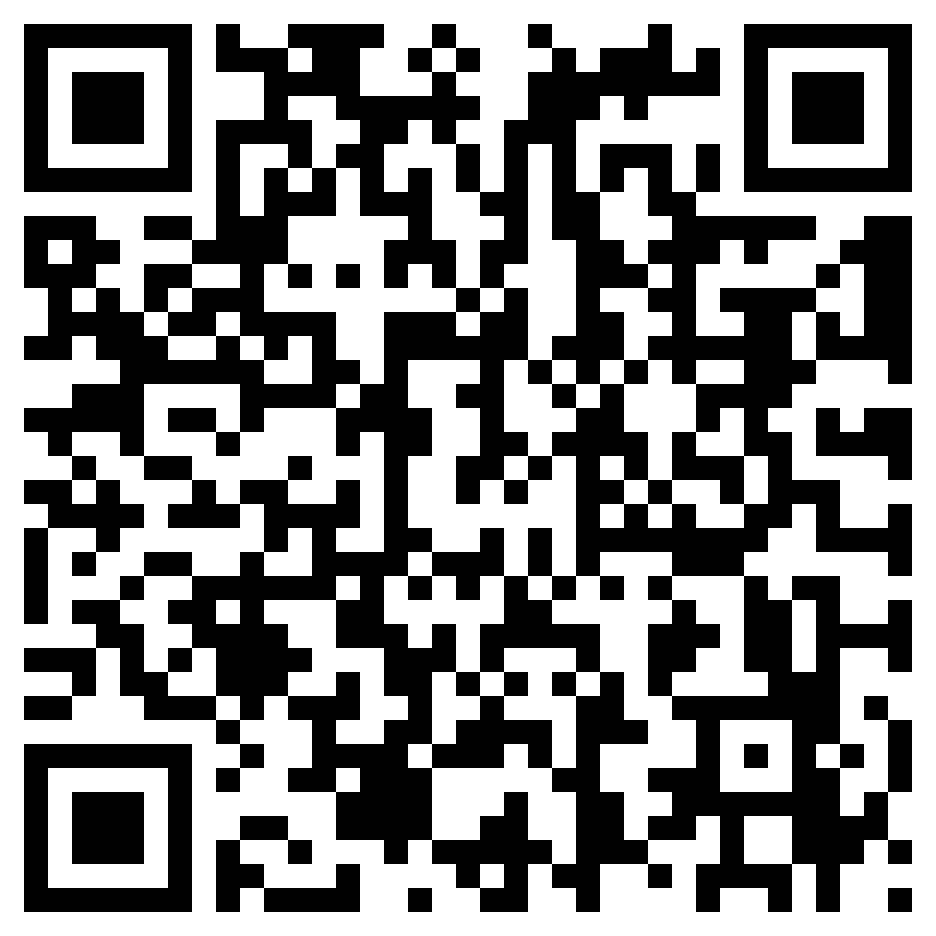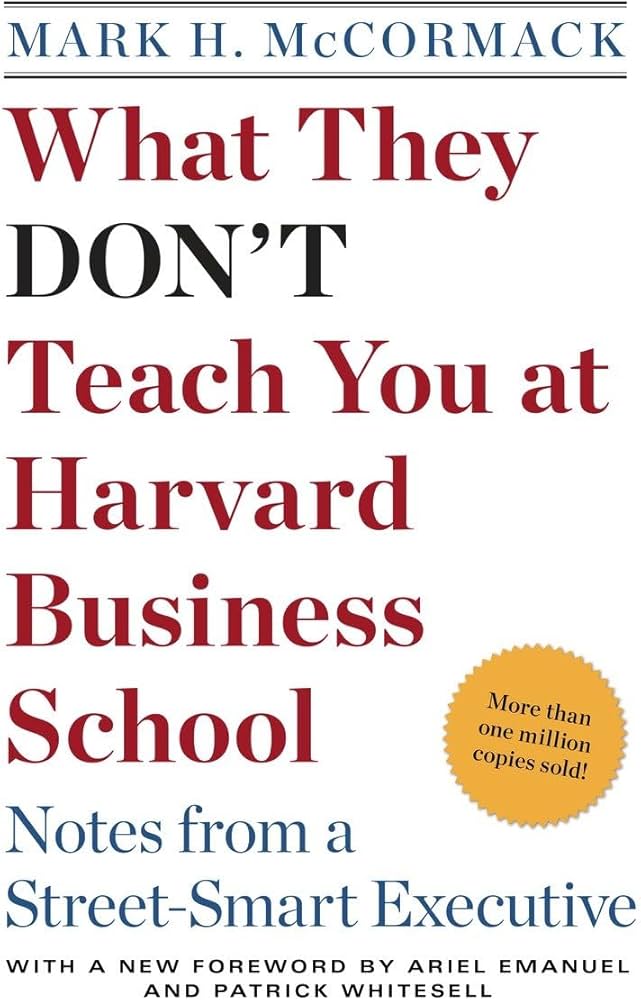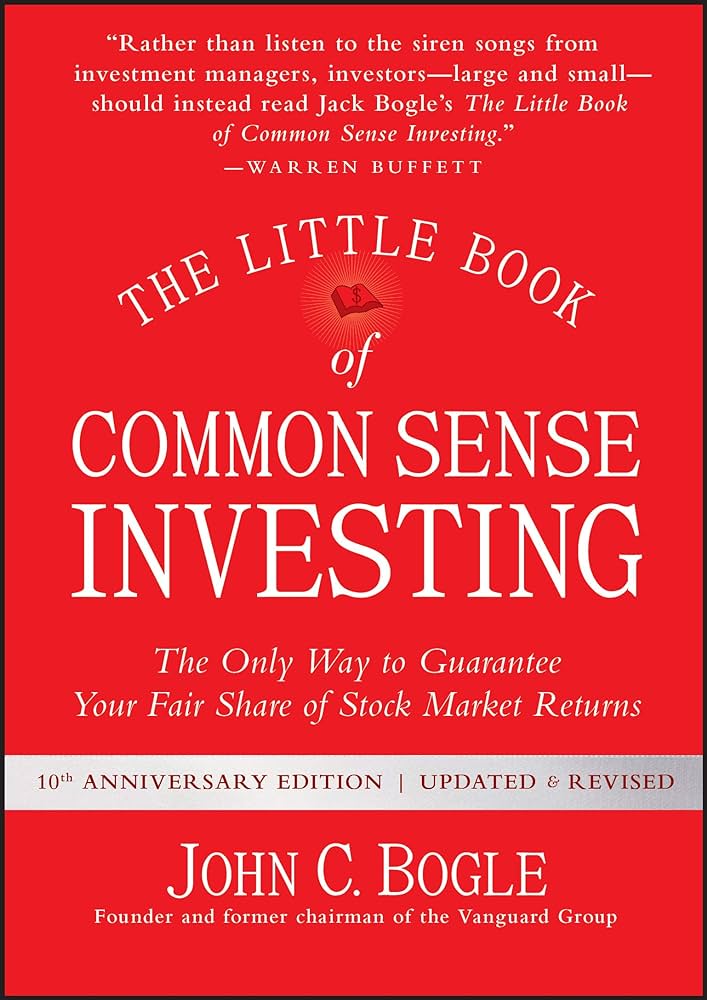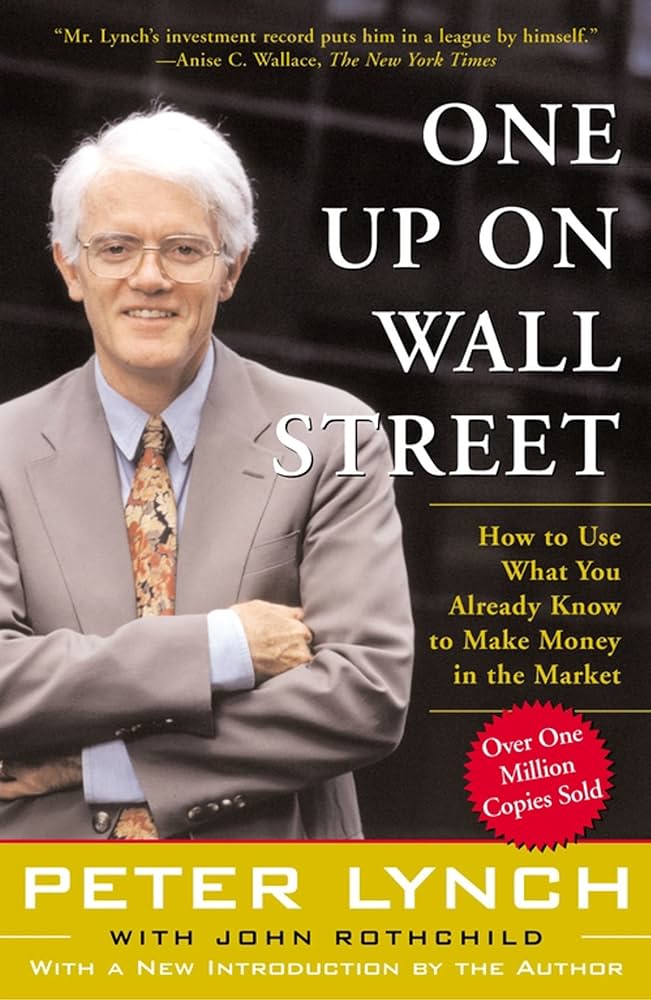Lesson 1- What is a Presentation?
We always assume that we, the presenters, are the star of the show when we present. We feel too important in our role as presenters. However, we are wrong. Ken Haemer, Presentation Research Manager, AT&T, once said that a presentation design without consideration for the audience is synonymous with writing a love letter and addressing 'to whom it may concern. Do not underestimate the power of the audience, as they will determine whether your idea takes flight or dies at the end of the presentation. Your presentation should always consider the needs of your audience and why they would get on board with your idea.
- Start by segmenting your ideas along the lines of politics, age, ethnicity, gender, and other socio-cultural factors. Also, take into consideration their values, attitudes, and interests. Do a background assessment of their industry, locations, and needs and then assess which group will have the most profound impact on the adoption of the idea.
- This brings up the idea of knowing your audience. Use your contacts and channels to get to know your audience personally. This is possible when presenting to a small audience. Use social media platforms and other means to get an overview of your audience.
- Keep your presentations conversational. It will be less boring for the audience if you can create an emphatic connection.
- Make sure you present concisely to senior executives as they are a tough nut to crack. First of all, notify the audience how you will segment the allotted time for summary, discussion, and so on. And get to the point without any extraneous introductions. Create executive summary slides to provide a brief overview of critical points.
- Most people mistake the purpose of a presentation. Presentations are meant to convey ideas to the intended target audience and bring certain behavioural shifts in them. You are looking to alter their beliefs or a preconceived notion about a particular idea or product to which they might be sceptical at first. But through your persuasive presentation, you look to bring about shifts and transformation in them to suit your needs.
- You should always try to look for common grounds. If you can hit the right frequency, you will make your audience listen to you. Shared experience and common goals create an atmosphere of shared interests and goals. You may not always find it easy to develop common grounds. Often you will share one or two similar interests with the audience. You need to weave your presentation through an intersection of
Unlock Knowledge with Wizdom App
Explore a world of insights and wisdom at your fingertips with the Wizdom app.
 1 Million+ App Download
1 Million+ App Download  4.9App Store Rating
4.9App Store Rating 5000+Summaries & Podcasts
5000+Summaries & Podcasts
